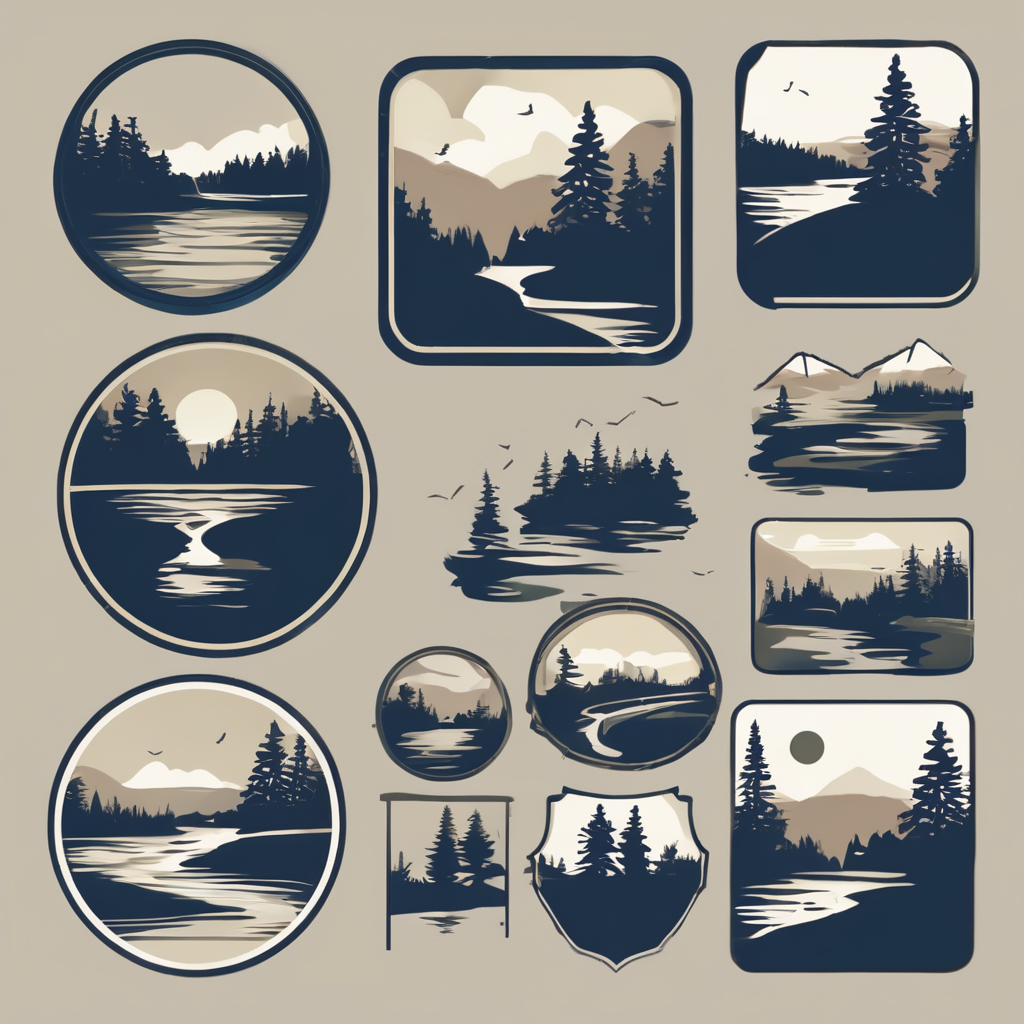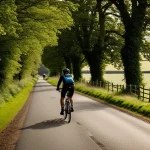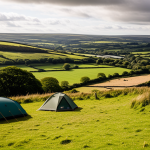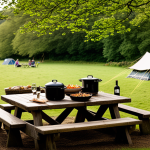Essential Principles of Smart Packing for Countryside Camping
Smart packing is the cornerstone of efficient camping organization and comfort during countryside expeditions. For multi-day trips, a thorough plan is crucial. Begin by assessing your trip duration and expected conditions, which guides packing decisions. Weight distribution plays a pivotal role; organizing gear so that heavier items are close to your back and centered maintains balance and reduces fatigue. Structuring your pack with the most needed items on top or in accessible compartments streamlines campsite routines.
When selecting essentials, prioritize multi-use gear that balances functionality with weight. Consider the criteria for essential gear: versatility, durability, and necessity for your specific environment. Avoid redundancy by choosing items that serve multiple purposes, such as a pot that doubles as a bowl or clothing layers suitable for varying weather.
Also read : Unveil secret uk harbors for memorable cruise escapes
Smart packing also involves anticipating changes in weather and terrain. Effective countryside camping tips emphasize organizing gear to adapt quickly without unpacking everything. Trade-offs between comfort and pack weight should reflect your trip priorities, ensuring you carry only what is necessary for a safe and enjoyable outdoor experience.
Building Your Countryside Camping Packing List
Crafting an effective camping packing list is vital for stress-free countryside adventures. Start with core camping essentials such as a lightweight shelter, secure sleep system, reliable cooking gear, and accurate navigation tools. These basics form the backbone of your multi-day camping gear, ensuring safety and comfort.
Also read : Uncover unique uk cruises: themed voyages crafted for your passion
When addressing clothing, adopt a layering system to handle the unpredictable countryside weather. Layers should include moisture-wicking base garments, insulating mid-layers, and waterproof outerwear. This flexibility allows you to adjust warmth and protection without carrying excessive items.
Food and water planning is equally crucial. Carry sufficient water or purification methods, along with high-energy, non-perishable food suitable for several days. Efficient packing centers on balancing nutrition with weight and space, so select compact, calorie-dense options.
A comprehensive camping packing list tailored to your trip maximizes preparedness while minimizing unnecessary bulk. This approach aligns perfectly with countryside camping tips emphasizing smart packing and camping organization. Careful selection of multi-day camping gear supports both comfort and pack manageability throughout your outdoor experience.
Strategies for Lightweight and Multifunctional Packing
Lightweight camping is essential for comfortable countryside trips, reducing fatigue and increasing mobility. To achieve this, prioritize multifunctional gear—items designed to serve multiple purposes. For example, select a cooking pot that can also serve as a bowl or a jacket that doubles as a rain shell. This practice streamlines your load without sacrificing functionality.
Minimizing unnecessary weight begins with careful gear evaluation. Ask: “Is this item essential for my trip, or does another piece fulfill the same need?” By eliminating redundant gear, you optimize pack weight and space. Additionally, choose lighter materials when possible, like titanium cookware or compact sleeping bags.
Pack weight management also depends on proper sizing and prioritization. Select a backpack that fits your body and trip length comfortably—too large encourages overpacking, too small restricts necessary gear. Prioritize items based on daily needs and emergency preparedness.
Smart packing embraces these strategies to balance efficiency and readiness. Incorporating multifunctional gear reduces bulk, while deliberate pack weight management ensures a manageable load during your countryside camping excursions.
Practical Space-Saving Techniques
Efficient camping space-saving strategies enhance your overall camping organization by maximizing available pack volume. Techniques such as using compression sacks reduce bulk by tightly compacting items like sleeping bags and clothing. Packing cubes further organize gear into defined compartments, simplifying item retrieval and maintaining order throughout your trip.
Rolling clothing instead of folding is a well-known method that saves space and reduces wrinkles. It also allows you to fill “dead space” between larger gear pieces, like boots or cookware, optimizing pack usage. Dead space utilization is critical for efficient packing, turning otherwise wasted gaps into storage.
Keep quick-access and emergency items in dedicated, easily reachable compartments. Examples include your headlamp, first aid kit, or rain gear. This organization ensures readiness without unpacking your entire pack during urgent moments, an important aspect of smart packing for countryside camping.
By incorporating these camping space-saving methods, you maintain balance and ease within your pack. This approach supports lightweight and efficient packing, fostering a comfortable and prepared outdoor adventure.
Step-by-Step Guide to Packing Your Backpack
Careful preparation is key for efficient packing and backpack organization in countryside camping. Start by laying out every item on a clean surface for inspection. This step lets you verify essentials, identify extras, and mentally plan your pack’s structure. It also helps avoid last-minute forgetfulness.
Systematically loading your backpack ensures balanced weight distribution and quick access. Pack heavier items like your multi-day camping gear close to your spine and centered to maintain stability during hikes. Place medium-weight gear below and lighter, frequently used items on top or in external compartments. This organized layering supports overall comfort and easy retrieval.
Don’t neglect quick-access pockets for emergency or daily-use gear such as your headlamp, rain jacket, or snacks. Arranging these allows you to respond promptly without unpacking everything.
Before sealing your pack, perform a final gear check to confirm all essentials are present and secured. Adjust straps and padding to optimize comfort and balance. This packing guide step guarantees that your load feels manageable, making your countryside camping experience more enjoyable and safe.
Expert Tips and Common Packing Mistakes to Avoid
Experienced campers emphasize smart packing as a dynamic process—learning from each trip to optimize your camping organization. A frequent mistake is overpacking: bringing redundant items or unnecessary gadgets. For instance, carrying multiple single-use tools instead of versatile, multifunctional gear adds bulk and weight, complicating efficient packing.
Underpacking, conversely, can jeopardize safety and comfort. Missing crucial gear like weather-appropriate clothing or sufficient water purification systems often stems from poor trip planning or ignoring unpredictable countryside conditions. Applying countryside camping tips means anticipating such variables and packing accordingly.
To improve your strategy, start each trip by reviewing your packing experiences. Ask: “Which items were essential? Which went unused?” Then, adjust your gear list to focus on essentials, trimming excess weight without sacrificing readiness. Prioritize multi-use gear and compact essentials to manage pack weight effectively.
Also, maintain clear packing categories—food, shelter, clothing, navigation—to prevent oversight. Efficient compartmentalization supports quick access and reduces stress. By following these expert tips and avoiding common packing mistakes, you enhance your outdoor experience through more thoughtful, smarter packing.








